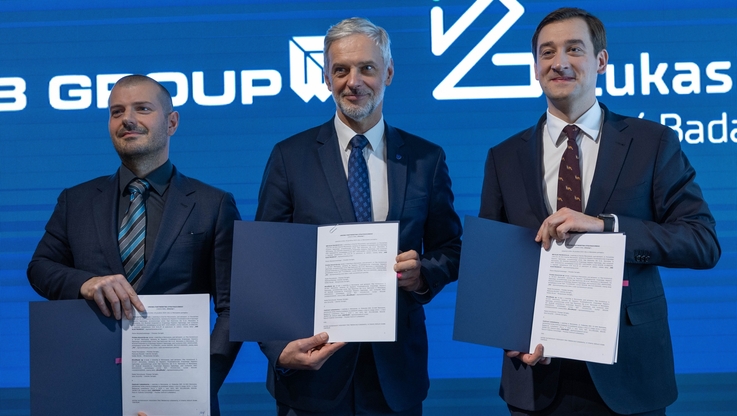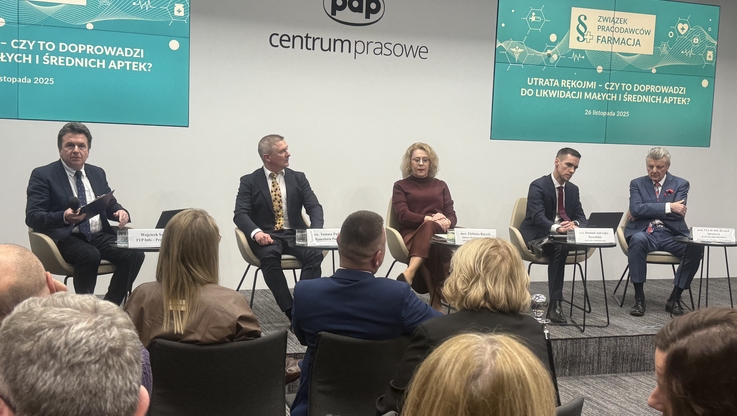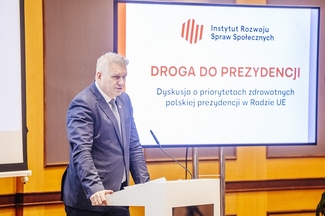Pobierz materiał i Publikuj za darmo
16th November 2017 Hamburg, Berlin, Kiel. Since time immemorial, the coastal habitat has been one of the most valuable areas on earth: A great part of fishery takes place in coastal waters. Wind energy, natural gas and oil production benefit from offshore infrastructure, and sand as a resource for the construction industry is obtained on the coast. Without harbors, global trade would be unthinkable and, last but not least, the coasts are among the most popular recreational and tourist destinations in the world. To this day, the attractiveness of the coasts for humans remains unbroken - in economic as well as cultural terms.
"Coasts - A Vital Habitat Under Pressure« is the theme of the fifth volume of the publication »World Ocean Review" (WOR). Published by the non-profit maribus gGmbH with support from the magazine mare, the International Ocean Institute (IOI) and coastal researchers from the German Marine Research Consortium (KDM) and the Kiel Cluster of Excellence "Future Ocean", the new issue of the marine science publication is dedicated to this particular part of the earth with in-depth information on the development, use and future scenarios for responsible use.
"The still booming habitat harbours both boon and bane", says Nikolaus Gelpke, editor of »World Ocean Review«, founder of the magazine mare and board member of the International Ocean Institute (IOI). "I am certain that with this issue we will contribute to a topic of increasing importance, the coasts of our earth." The population on the coasts is growing disproportionately worldwide. 13 of the 20 megacities with more than 10 million people are located in the immediate vicinity of the coast. The United Nations estimates that around 2.8 billion people are now living at a distance of no more than 100 kilometers from the coast - half of them in areas up to only ten meters above sea level.
The coastal habitat is booming, but use and protection are out of balance in many regions. For example, areas where sand is mined resemble inhospitable lunar landscapes. Chemicals, pesticides, plastic particles or fertilizers reach the ocean unfiltered. The natural protective function of coasts is being replaced by concrete infrastructure, and climate change will raise sea levels in the near future to the extent that today, entire areas can only be preserved with comprehensive protection measures.
"Protection and use need a new orientation, as demanded by the Agenda 2030 Sustainability Goals, especially the Ocean Goal. The increasing interest in the ocean and the coasts in political dialogues and associated protection demands is a hopeful sign", says Prof. Martin Visbeck, Speaker of the Kiel Cluster of Excellence »Future Ocean« and head of the Research Unit Physical Oceanography at the GEOMAR Helmholtz Centre for Ocean Research Kiel.
But how did coasts even come about? How do coasts differ worldwide? How do we maintain their natural functions and how do we achieve sustainable use - not only in the developed world? What strategies are useful to counter the threat of sea-level rise? And which political and legal options can be implemented to be able to act internationally? The fifth edition of the "World Ocean Review" examines the history of the development and evolution of the world's coasts, their service for nature and people, and the impact of climate change on the coasts. The »WOR 5« ranges from the fight against natural hazards and sea-level rise to coastal protection and concepts for more conservative use.
The study of coastal seas has a long tradition in Germany and a wide range of different branches of science is exploring coastal seas worldwide. "This edition of the 'World Ocean Review' presents current knowledge on various facets of the theme of the coast in compact form", says Prof. Ulrich Bathmann, Chairman of the Consortium for German Marine Research (KDM). "The contributing experts are pooling their information to meet the challenges of future changes in coastal seas."
The "World Ocean Review 5" was presented on 16th November 2017 at the Schleswig-Holstein’s Permanent Mission in Berlin as part of an evening event with guests from politics, business, science, media and education.
Images will be available for download starting on 17th November (following the event) online at www.worldoceanreview.com
Links:
www.worldoceanreview.com
www.mare.de
www.deutsche-meeresforschung.de/en/index
www.futureocean.org
Background
maribus gGmbH was founded in 2008 by mare publisher Nikolaus Gelpke. It serves as a non-profit organisation for the purpose of sensitising the public to marine science and contributing to more effective marine conservation. The first maribus publication, the "World Ocean Review 1" (WOR 1), was a comprehensive and unique report, which showed the state of the oceans and the connections between the ocean and ecological, economic and socio-political relations. Following this, more detailed topic-specific publications were published: the "World Ocean Review 2 – The Future of Fish – The Fisheries of the Future", the "World Ocean Review 3 – Marine Resources – Opportunities and Risks" and the "World Ocean Review 4 – Sustainable Use of Our Oceans – Making Ideas Work". To date, about 120,000 printed copies of the »WOR« in German and English have been ordered and distributed worldwide, in addition to countless online downloads.
In the fifth maribus publication "Coasts – A Vital Habitat Under Pressure", the cooperation with the partners of the "WOR" was continued and even further expanded to include the German Marine Research Consortium (KDM). The partners stand for years of commitment to the oceans and the highest level of science:
- The International Ocean Institute (IOI), founded in 1972 by Elisabeth Mann-Borgese.
- The German Marine Research Consortium (KDM) bundles the expertise of German marine research. Its members comprise all research institutions active in marine, polar and coastal research. One of KDM's main concerns is to share the interests of marine research with national policymakers and the EU, as well as with the public.
- The Kiel Cluster of Excellence "Future Ocean", a network of more than 200 scientists from different disciplines, supported by Kiel University, GEOMAR Helmholtz Centre for Ocean Research Kiel, the Institute for the World Economy (IfW) and the Muthesius University of Fine Arts, and funded by the German Federal Government and the Länder within the Excellence Initiative of the German Research Foundation (DFG).
- mare - the magazine of the oceans
The "World Ocean Review 5" is being published in a total circulation of 24,000 copies. The publication is not sold, but given away for free. There is no profit-making intent. It is available at www.worldoceanreview.com. At the same time as the printed edition, the entire publication will also be published online. In addition to the German version, an English-language edition will be available shortly.
"Coasts – A Vital Habitat Under Pressure", ed. maribus gGmbH, Hamburg 2017, 208 pages, with numerous graphics and photographs, paperback.
Contact and example copies:
maribus gGmbH
Bettina Wittich
Press Relations
phone: +49-40-368076-22
e-mail: wittich@maribus.com
-
Cluster of Excellence »Future Ocean«, Kiel University
Friederike Balzereit
Public Outreach
phone: +49-431-880-3032
e-mail: fbalzereit@uv.uni-kiel.de
Pobierz materiał i Publikuj za darmo
bezpośredni link do materiału
| Data publikacji | 16.11.2017, 15:16 |
| Źródło informacji | APA-OTS |
| Zastrzeżenie | Za materiał opublikowany w serwisie PAP MediaRoom odpowiedzialność ponosi – z zastrzeżeniem postanowień art. 42 ust. 2 ustawy prawo prasowe – jego nadawca, wskazany każdorazowo jako „źródło informacji”. Informacje podpisane źródłem „PAP MediaRoom” są opracowywane przez dziennikarzy PAP we współpracy z firmami lub instytucjami – w ramach umów na obsługę medialną. Wszystkie materiały opublikowane w serwisie PAP MediaRoom mogą być bezpłatnie wykorzystywane przez media. |






